
Article Archive by Year

The U.S. critical infrastructure is vulnerable to many forms of cyber and electromagnetic threats. This article presents a new tabletop exercise concept for addressing these ongoing threats to critical infrastructure. Similar to medical research groups that involve treatment and control groups, two exercise groups would work simultaneously on the same
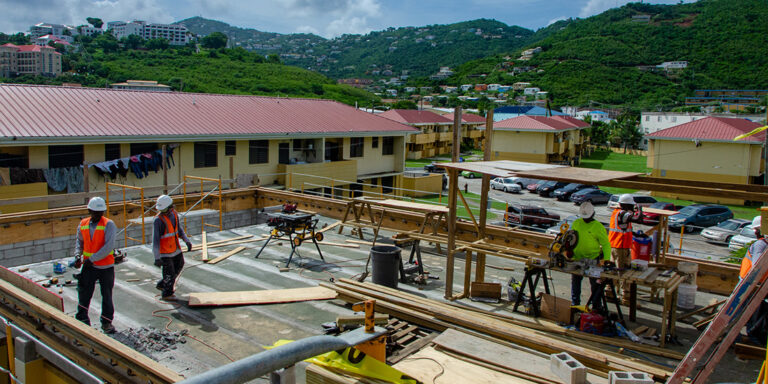
Realizing the Power of Community in Disaster Recovery
August 21, 2024
No two communities are the same. Each community has unique vulnerabilities, capacities, and needs, and each has its own leaders, areas of cooperation, and areas of disagreement. Understanding these factors and building on the community’s strengths are critical steps in disaster recovery.
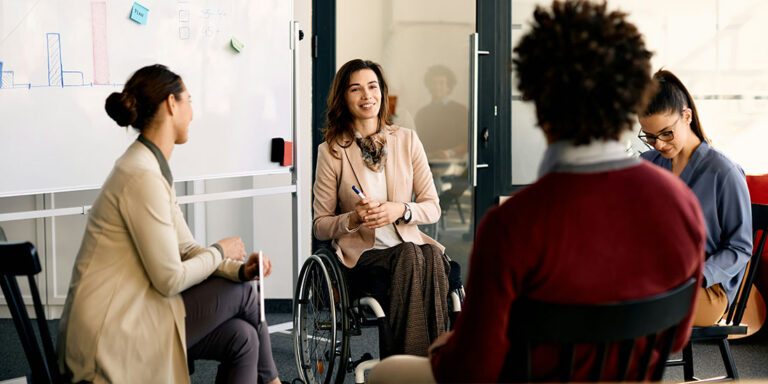
Return on Investments in Public Engagement
August 14, 2024
Public engagement and participation involve community members in problem-solving, decision-making, and policy development. This article shares some new practices for creating actionable opportunities for key stakeholders to participate in decisions that affect their communities. Result-centered engagement can help protect people with disabilities and other community partners from many adverse impacts

Bridging Preparedness: State Medication Reserves for Pandemics and Beyond
August 14, 2024
New human cases of highly pathogenic avian influenza have been confirmed in the United States. Although most cases like this do not escalate to pandemic status, it is critical that communities be better prepared than they were for COVID-19. However, one study shows that preparedness gaps may hinder these efforts.

Lessons in Social Media: Preparing Kids and Community Leaders for Disasters
August 7, 2024
Addressing children’s needs during a crisis can be challenging. Leveraging social media to create crisis communication campaigns can be an effective way to boost community outreach efforts and raise awareness of the unique needs children have in disaster planning and response. Successful social media campaigns by governmental and non-governmental organizations
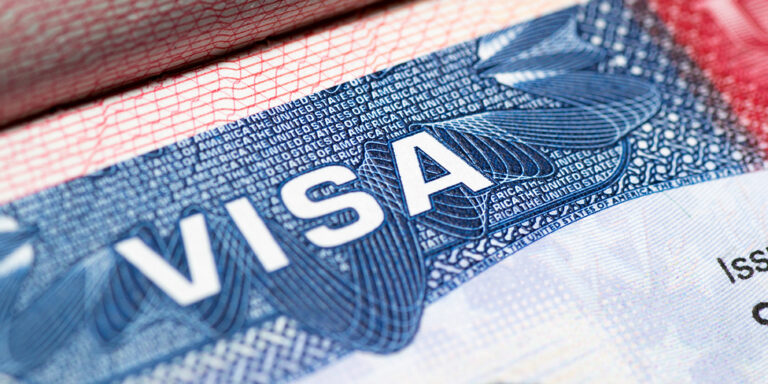
A Homeland Vulnerability Continues
August 7, 2024
The U visa process offers help to immigrants who are victims of certain violent crimes. However, loopholes or weaknesses in the process could provide a safe haven for undeserving applicants. Learn more about the process, its flaws, and how to close the gaps to guard against foreign threats while protecting
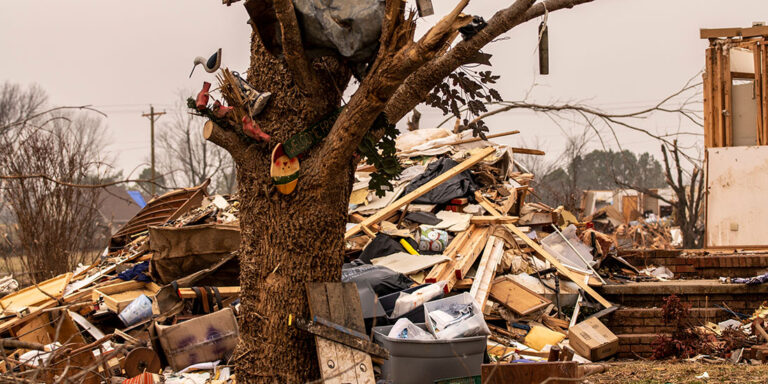
So Much More to Do After the Initial Response
July 31, 2024
When a disaster strikes, people pay attention. They watch the news, check on their loved ones, and help survivors as they can. However, after the threat has passed and the initial response has ended, there is still a lot of work to do. The authors in this July edition of
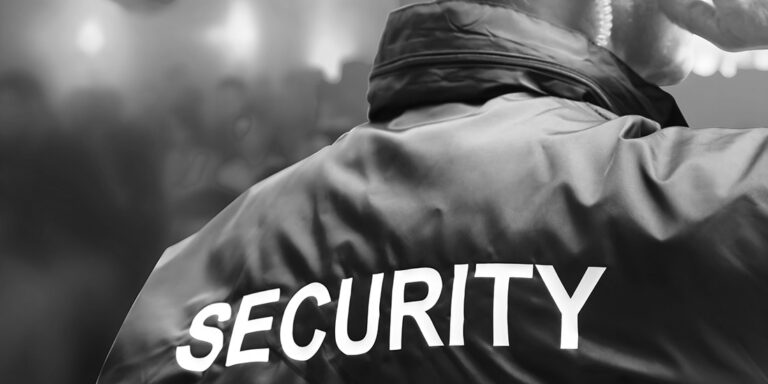
What Level of Ugly Are Communities Prepared For?
July 31, 2024
The July 2024 attempted assassination of Former President Donald Trump raised questions about event security, the roles that agencies play, and the planning and execution of those roles. This article provides lessons learned and best practices that emergency preparedness and public safety professionals should consider before, during, and after upcoming
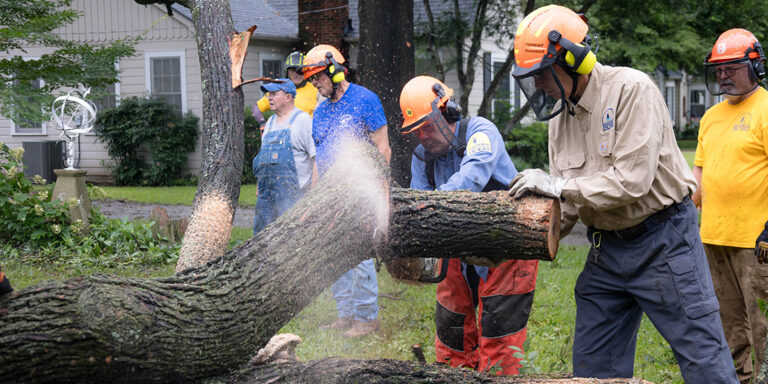
Volunteers: Incident Management Assets or Liabilities?
July 31, 2024
Responses are often only effective if volunteers and their teams are properly trained, prepared, motivated, and deployed. One faith-based organization has refined these criteria over its 57 years of responding to major disasters in the U.S. and abroad. Learn about their best practices for driving the mission, boosting the response
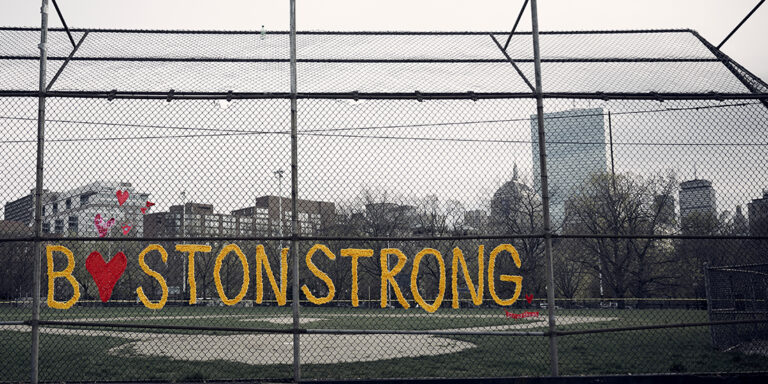
Mitigating Disasters Through Collective Resilience
July 24, 2024
Existing social bonds can help communities better adapt to, respond to, and collectively cope with crises. Although the collective resilience concept is not a typical emergency preparedness strategy or organizational structure, it could help lessen the effects after an emergency. With creative thinking and research, executive leadership can develop realistic
Dual-World Tabletop Exercises: Addressing Unmet Infrastructure Needs
August 21, 2024
The U.S. critical infrastructure is vulnerable to many forms of cyber and electromagnetic threats. This article presents a new tabletop exercise concept for addressing these ongoing threats to critical infrastructure. Similar to medical research groups that involve treatment and control groups, two exercise groups would work simultaneously on the same
Realizing the Power of Community in Disaster Recovery
August 21, 2024
No two communities are the same. Each community has unique vulnerabilities, capacities, and needs, and each has its own leaders, areas of cooperation, and areas of disagreement. Understanding these factors and building on the community’s strengths are critical steps in disaster recovery.
Return on Investments in Public Engagement
August 14, 2024
Public engagement and participation involve community members in problem-solving, decision-making, and policy development. This article shares some new practices for creating actionable opportunities for key stakeholders to participate in decisions that affect their communities. Result-centered engagement can help protect people with disabilities and other community partners from many adverse impacts
Bridging Preparedness: State Medication Reserves for Pandemics and Beyond
August 14, 2024
New human cases of highly pathogenic avian influenza have been confirmed in the United States. Although most cases like this do not escalate to pandemic status, it is critical that communities be better prepared than they were for COVID-19. However, one study shows that preparedness gaps may hinder these efforts.
Lessons in Social Media: Preparing Kids and Community Leaders for Disasters
August 7, 2024
Addressing children’s needs during a crisis can be challenging. Leveraging social media to create crisis communication campaigns can be an effective way to boost community outreach efforts and raise awareness of the unique needs children have in disaster planning and response. Successful social media campaigns by governmental and non-governmental organizations
A Homeland Vulnerability Continues
August 7, 2024
The U visa process offers help to immigrants who are victims of certain violent crimes. However, loopholes or weaknesses in the process could provide a safe haven for undeserving applicants. Learn more about the process, its flaws, and how to close the gaps to guard against foreign threats while protecting
So Much More to Do After the Initial Response
July 31, 2024
When a disaster strikes, people pay attention. They watch the news, check on their loved ones, and help survivors as they can. However, after the threat has passed and the initial response has ended, there is still a lot of work to do. The authors in this July edition of
What Level of Ugly Are Communities Prepared For?
July 31, 2024
The July 2024 attempted assassination of Former President Donald Trump raised questions about event security, the roles that agencies play, and the planning and execution of those roles. This article provides lessons learned and best practices that emergency preparedness and public safety professionals should consider before, during, and after upcoming
Volunteers: Incident Management Assets or Liabilities?
July 31, 2024
Responses are often only effective if volunteers and their teams are properly trained, prepared, motivated, and deployed. One faith-based organization has refined these criteria over its 57 years of responding to major disasters in the U.S. and abroad. Learn about their best practices for driving the mission, boosting the response
Mitigating Disasters Through Collective Resilience
July 24, 2024
Existing social bonds can help communities better adapt to, respond to, and collectively cope with crises. Although the collective resilience concept is not a typical emergency preparedness strategy or organizational structure, it could help lessen the effects after an emergency. With creative thinking and research, executive leadership can develop realistic
Follow Us
Get Instant Access
Subscribe today to Domestic Preparedness and get real-world insights for safer communities.
ARchives
Article Out Loud – A Modern Take on an Age-Old Biological Weapon
June 12, 2024
Full article by Raphael M. Barishansky, an Article Out Loud from Domestic Preparedness, June 12, 2024. In this feature article, a public health leader shares his perspective on the recent reports of North Korea launching balloons filled with fecal matter and propaganda into South Korea. Could similar tactics be
Article Out Loud – The Nexus Between Drug and Human Trafficking
June 5, 2024
Full article by Richard Schoeberl, Jeff Bolettieri, and Bill Loucks, an Article Out Loud from Domestic Preparedness, June 5, 2024. In this feature article, three professionals with extensive law enforcement experience describe how transnational criminal organizations are using their experience in drug trafficking to utilize routes and operating procedures
Article Out Loud – A Plan to Protect the Youngest Children
June 5, 2024
Full article by Marie O’Connell, an Article Out Loud from Domestic Preparedness, June 5, 2024. In this feature article, the executive director of a non-profit organization serving children and educators describes a safety program in Florida that is free to schools. Most educational and training programs for protecting schools
Article Out Loud – A Critical Imperative for Natural Hazards
May 29, 2024
Full article by Sandra Dennis-Essig, an Article Out Loud from Domestic Preparedness, May 29, 2024. In this feature article, an emergency management professional describes how communities can take a comprehensive preparedness approach to mitigate the potentially devastating effects of natural hazards by integrating the intricate interrelations of physical, social,
Article Out Loud – Key Bridge Collapse: Unity of Effort
May 22, 2024
Full article by Michael Prasad, an Article Out Loud from Domestic Preparedness, May 22, 2024. In this feature article, a Certified Emergency Manager and senior research analyst provides an update on the unity of effort involved in the Francis Scott Key Bridge collapse effort in Baltimore, Maryland. Together, many
Article Out Loud – The Psychology of Crisis
May 22, 2024
Full article by Mary Schoenfeldt, an Article Out Loud from Domestic Preparedness, May 22, 2024. In this feature article, the board president of Green Cross Academy of Traumatology describes the psychological side of disasters and other impactful events as a critical component of crisis management. Many people still do
Article Out Loud – Resilience-Based CI and Domestic Preparedness: A Long-Overdue Imperative
May 15, 2024
Full article by Jeff Gaynor, an Article Out Loud from Domestic Preparedness, May 15, 2024. In this feature article, a former White House communications security officer says that, for decades, preparedness leaders have known and publicly warned about the rapidly growing and metastasizing threats to and exploitable vulnerabilities of
Article Out Loud – Shielding Communities: Public Health Strategies for Natural Hazards
May 15, 2024
Full article by Raphael M. Barishansky and Andrew D. Pickett, an Article Out Loud from Domestic Preparedness, May 15, 2024. In this feature article, two public health leaders share common risk concerns when natural hazards occur. History shows that the increasing frequency of events and growing population sizes have
Article Out Loud – Elegant Community Preparation
May 8, 2024
Full article by Aaron Titus, an Article Out Loud from Domestic Preparedness, May 8, 2024. In this feature article, the executive director for Crisis Cleanup shares how elegant community preparation offers a process that simplifies disaster planning efforts for community members. Communities need to prepare together and focus on
Article Out Loud – Navigating the Seismic Dance: Preparedness in the Ring of Fire
May 8, 2024
Full article by Alicia Johnson, an Article Out Loud from Domestic Preparedness, May 8, 2024. In this feature article, an emergency manager with extensive experience in risk communications and public affairs informs readers about the multifaceted nature of earthquake risks and delineates the indispensable role organizations play in mitigating
Follow Us
Get Instant Access
Subscribe today to Domestic Preparedness and get real-world insights for safer communities.


